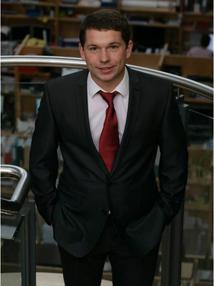BibTex format
@article{Tillner:2017:10.1007/s13361-017-1714-z,
author = {Tillner, J and Wu, V and Jones, EA and Pringle, SD and Karancsi, T and Dannhorn, A and Veselkov, K and McKenzie, JS and Takats, Z},
doi = {10.1007/s13361-017-1714-z},
journal = {Journal of The American Society for Mass Spectrometry},
pages = {2090--2098},
title = {Faster, more reproducible DESI-MS for biological tissue imaging},
url = {http://dx.doi.org/10.1007/s13361-017-1714-z},
volume = {28},
year = {2017}
}

